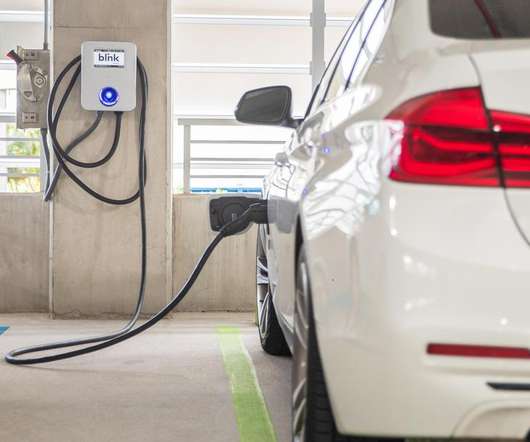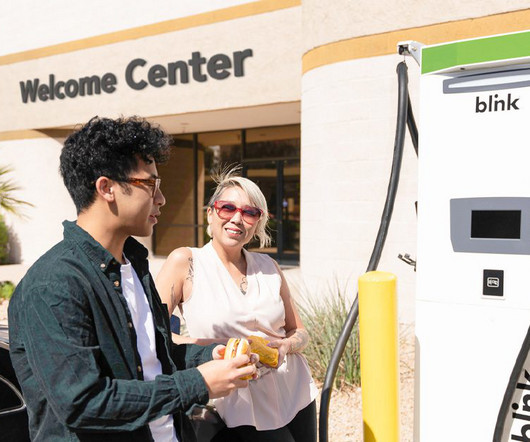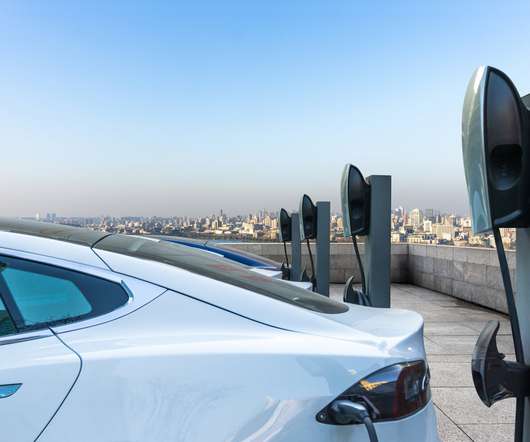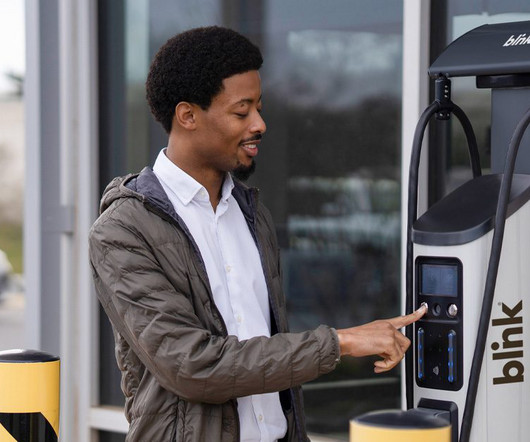The US Needs 20 Times More EV Charging Stations by 2030… Or Else
Blink Charging
FEBRUARY 9, 2023
It’s promising to see electric vehicle sales increase, but now they need commercial EV charging stations to stay charged. Using the US Department of Energy’s alternative fuel locator , we can see the US has (as of this writing): 129,598 publicly available EV charging ports spread over 50,401 public charging stations.












Let's personalize your content